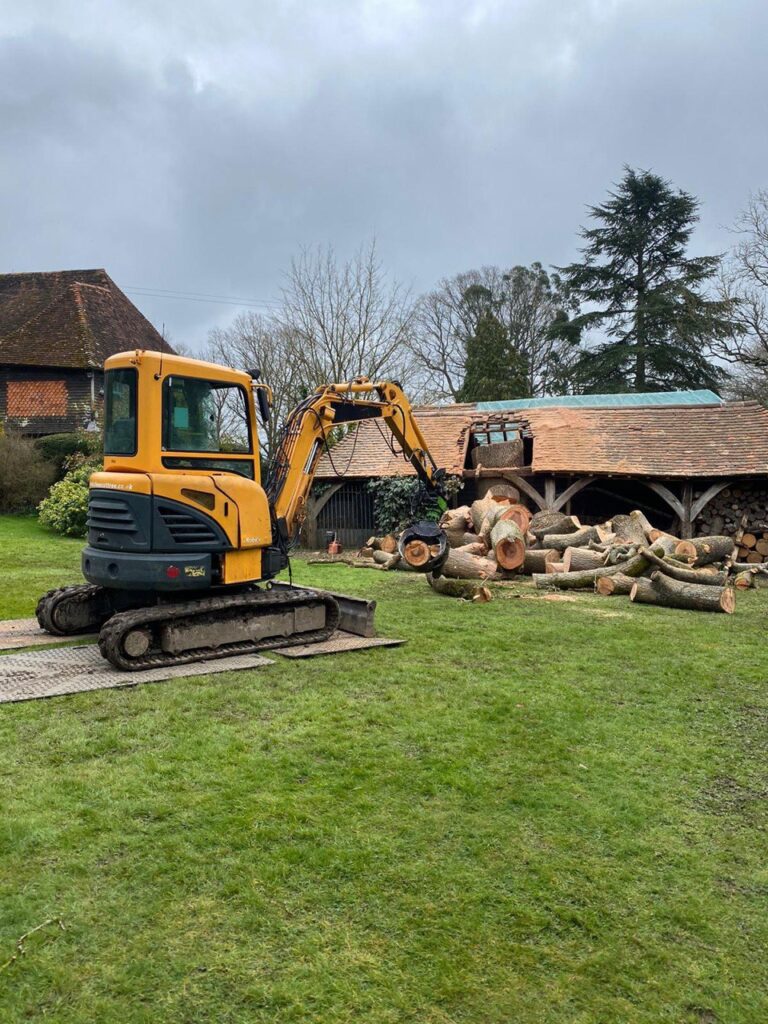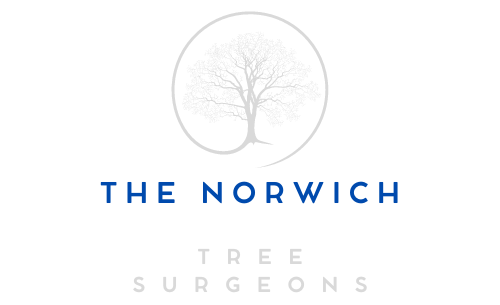Hedge Cutting and Wildlife: What You Need to Know
Introduction: Hedges are a quintessential part of British gardens, offering privacy, aesthetic appeal, and a haven for wildlife. However, maintaining them requires careful consideration, especially when protecting the creatures that call them home. At The Norwich Tree Surgeons, we understand the importance of responsible hedge cutting. In this blog post, we’ll explore how to manage your hedges while safeguarding wildlife, ensuring a harmonious balance between garden upkeep and nature conservation.
The Importance of Hedges for Wildlife
Hedges provide vital habitats for various wildlife, including birds, insects, and small mammals. They serve as nesting sites, food sources, and safe corridors for movement. Common species that depend on hedges include:
- Birds: Many birds, such as sparrows, blackbirds, and robins, nest in hedges. These areas protect from predators and harsh weather conditions.
- Insects: Hedges are home to numerous insects, including bees, butterflies, and beetles, which play crucial roles in pollination and the ecosystem.
- Mammals: Small mammals like hedgehogs and dormice use hedges for shelter and as pathways between different areas of their habitat.
Given their ecological importance, it’s essential to approach hedge-cutting with care and consideration.
When to Cut Hedges
Timing is crucial when it comes to hedge-cutting to avoid disturbing wildlife. The best times for hedge maintenance are:
- Late Winter (January to February): This period is ideal as most wildlife is inactive, and birds have not started nesting.
- Late Summer (August to September): By this time, most birds have finished nesting, and young birds have fledged.
Avoid cutting hedges during the main nesting season, which runs from March to August. Disturbing nests during this period can harm birds and their chicks, which breaches the Wildlife and Countryside Act 1981.
Best Practices for Hedge Cutting
To ensure your hedge-cutting practices are wildlife-friendly, consider the following tips:
- Check for Nests: Before starting, inspect the hedge for active nests. If you find any, delay cutting until the birds have fledged.
- Use Hand Tools: When possible, use hand rather than power tools. They are quieter and less likely to cause stress or harm to wildlife.
- Leave Some Areas Uncut: If your hedge is extensive, consider cutting only a portion each year. This provides a continuous habitat for wildlife.
- Maintain Hedge Height and Width: Maintain a suitable height and width to retain the structure of your hedge. Overcutting can reduce its value as a habitat.
- Dispose of Cuttings Responsibly: Pile cuttings away from the hedge to prevent them from smothering the base, where many creatures live.
Creating Wildlife-Friendly Hedges
To enhance the ecological value of your hedges, you can:
- Plant Native Species: Native plants like hawthorn, blackthorn, and holly support more wildlife than non-native species.
- Incorporate a Mix of Plants: A diverse hedge with various species provides a richer habitat and food sources throughout the year.
- Allow Some Wild Growth: Let parts of your hedge grow a bit wilder. This encourages a natural structure and benefits wildlife.
- Add Wildlife Features: Install bird boxes, bat boxes, and bug hotels to provide additional habitats.
Legal Considerations
It’s important to be aware of the legal aspects of hedge cutting:
- Nesting Birds: As mentioned, disturbing nesting birds is illegal under the Wildlife and Countryside Act 1981.
- Protected Species: If your hedge is home to protected species like bats, special considerations and permissions are required before cutting.
- Neighbour Disputes: Ensure you can access a neighbour’s property to cut a shared hedge. Good communication can prevent disputes.
Conclusion: Hedge cutting doesn’t have to come at the expense of wildlife. By following best practices and considering the creatures’ needs in your hedges, you can maintain a beautiful garden while supporting biodiversity.
Call us on: 01603 361 093
Click here to find out more about The Norwich Tree Surgeons
Click here to complete our contact form and see how we can help you with your tree’s needs.

